Incident Objectives That Drive Incident Operations Are Established By The:

The scent of freshly brewed coffee hung heavy in the air, a stark contrast to the tense atmosphere in the Emergency Operations Center. Maps were spread across tables, dotted with color-coded pins representing resources and hazards. Voices, hushed but urgent, filled the room as teams worked to coordinate a response to the unfolding wildfire threatening the small mountain town of Havenwood. Amidst the chaos, a single question remained paramount: how do we define our success, and who decides what that success looks like?
The incident objectives that drive all operational decisions during an emergency are established by the Incident Commander (IC) in collaboration with key stakeholders. These objectives are the bedrock upon which the entire incident response is built, guiding resource allocation, strategic planning, and ultimately, the success of the mission.
Understanding Incident Command and the Incident Commander
The Incident Command System (ICS) is a standardized, on-scene management system designed to enable effective and efficient incident management by integrating facilities, equipment, personnel, procedures, and communications operating within a common organizational structure.
It is used to manage a wide range of emergencies, from small-scale local incidents to major disasters. Within this system, the Incident Commander (IC) holds the ultimate authority and responsibility for managing the incident.
The IC's role is not just about giving orders. It is about providing clear direction, ensuring resources are used effectively, and maintaining overall control of the situation.
The IC's Qualifications and Responsibilities
The Incident Commander is typically the highest-ranking official from the agency with primary responsibility for the incident, or someone designated by that agency.
Their selection depends on the type and complexity of the incident, with specialized training and experience being crucial factors.
Beyond overall command, the IC's key responsibilities include:
- Assessing the situation and establishing incident objectives.
- Developing and implementing an Incident Action Plan (IAP).
- Managing resources effectively.
- Coordinating with other agencies and stakeholders.
- Ensuring the safety of all personnel involved in the response.
The Role of Stakeholders in Defining Incident Objectives
While the Incident Commander holds the final authority, establishing incident objectives is not a solitary endeavor. Effective incident management relies on collaboration with key stakeholders.
These stakeholders can include representatives from other responding agencies (fire, police, EMS), local government officials, community leaders, and even representatives from affected businesses or populations.
Their input is vital to ensure that the incident objectives reflect the needs and priorities of the community and are aligned with the overall goals of the response.
Examples of Stakeholder Involvement
Consider a flood situation. The Incident Commander might consult with local government officials to understand the priorities for evacuating residents and protecting critical infrastructure, like water treatment plants or hospitals.
Similarly, in a hazardous materials incident, environmental agencies would play a key role in advising on containment strategies and mitigating environmental damage.
Community leaders can provide valuable insights into the needs of vulnerable populations and help ensure that evacuation plans are inclusive and effective.
Incident Objectives: A Deeper Dive
Incident objectives must be Specific, Measurable, Achievable, Relevant, and Time-bound (SMART). This framework ensures that objectives are clear, actionable, and contribute to the overall success of the incident response.
Vague or poorly defined objectives can lead to confusion, wasted resources, and ultimately, a less effective response. For example, instead of stating "Protect the community," a SMART objective might be "Evacuate all residents within a one-mile radius of the chemical spill by 18:00 hours."
This objective is specific (evacuation), measurable (all residents), achievable (with adequate resources), relevant (protecting the community from the spill), and time-bound (by 18:00 hours).
The Incident Action Plan (IAP)
The incident objectives are formally documented in the Incident Action Plan (IAP). The IAP is a written or verbal plan that outlines the strategies, tactics, and resources needed to achieve the incident objectives.
It serves as a roadmap for the entire incident response, ensuring that all personnel are working towards the same goals and using resources effectively.
The IAP is typically developed by the Incident Commander and their command staff, with input from stakeholders. It is then disseminated to all responding personnel to ensure everyone is on the same page.
Real-World Examples and Best Practices
The effectiveness of the incident objectives process is evident in numerous case studies. During the response to Hurricane Katrina, the lack of clear and coordinated objectives hampered rescue and relief efforts in the initial days following the storm.
Conversely, in the response to more recent events like the Camp Fire in California, the implementation of well-defined incident objectives, coupled with effective coordination among agencies, led to a more streamlined and effective response, saving lives and minimizing property damage.
Best practices emphasize the importance of pre-incident planning and training. Agencies and communities should conduct regular exercises and simulations to test their incident response plans and ensure that personnel are familiar with the ICS and the process of establishing incident objectives.
The Ongoing Evolution of Incident Management
Incident management is a constantly evolving field, with new technologies and strategies emerging all the time. The principles of ICS and the importance of well-defined incident objectives remain fundamental to effective emergency response.
As climate change and other global challenges increase the frequency and intensity of disasters, the need for robust incident management systems and well-trained Incident Commanders becomes even more critical.
Investing in training, planning, and collaboration is essential to ensure that communities are prepared to respond effectively to whatever challenges they may face.
Back in the Emergency Operations Center, the Havenwood wildfire continued to rage. But with clear incident objectives, collaborative leadership, and a well-defined Incident Action Plan, the team felt a sense of focused determination. The task ahead was daunting, but they were ready, armed with the knowledge that every action, every resource deployed, was guided by a shared vision of success, a vision collaboratively defined to protect their community.

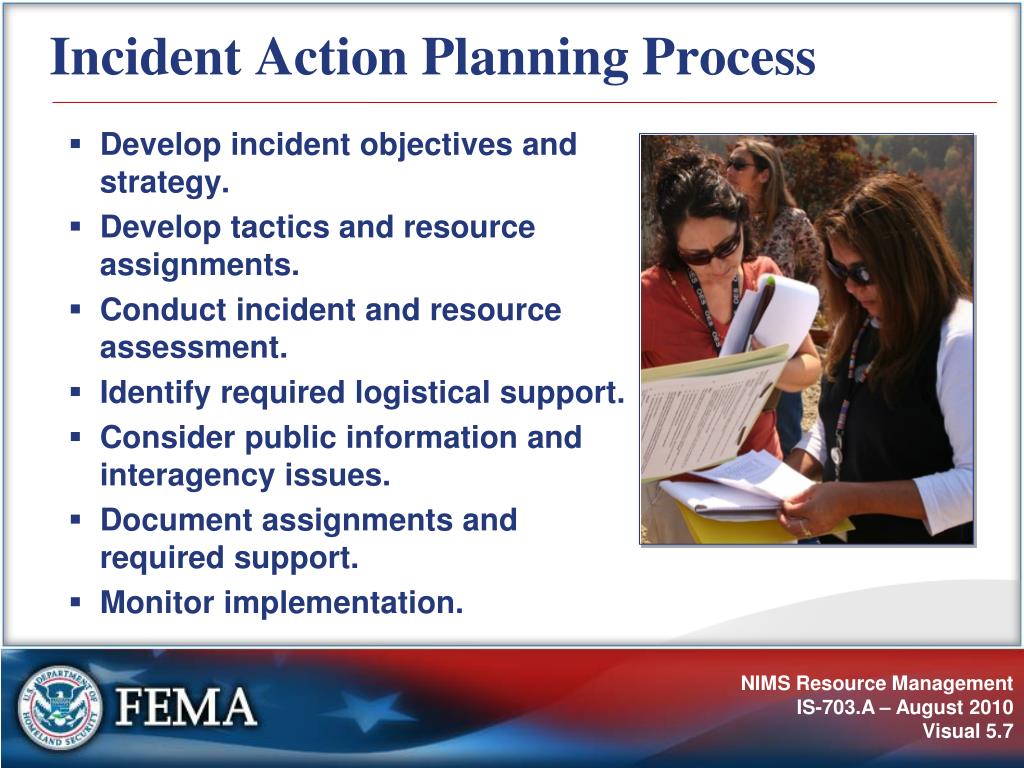

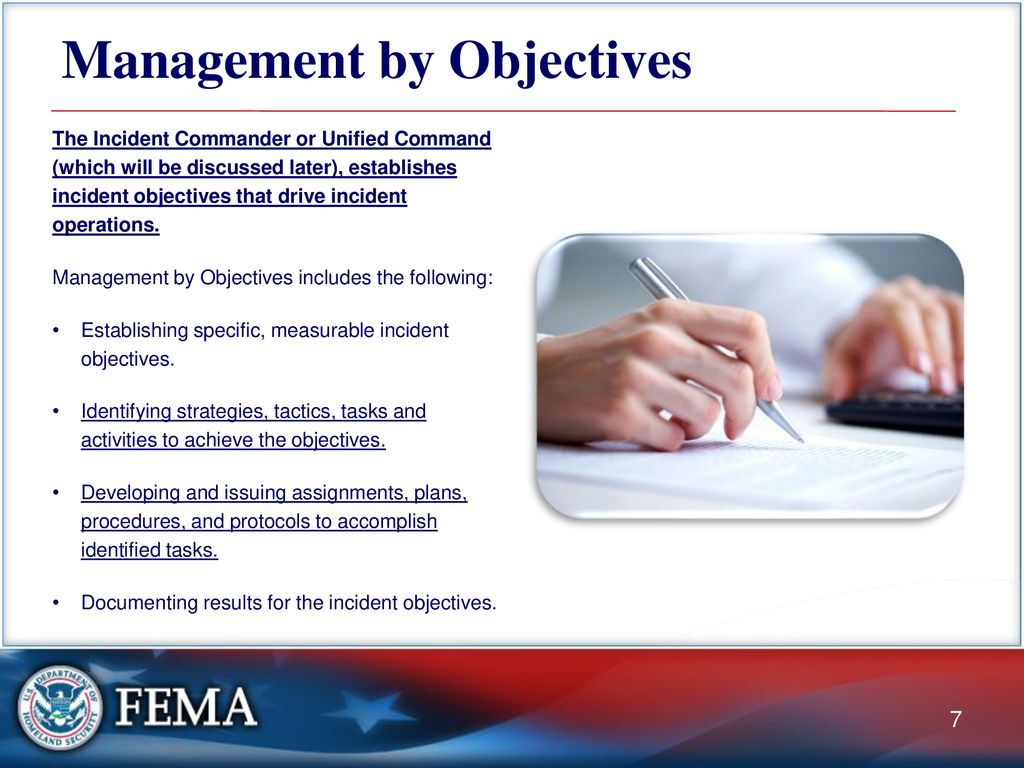




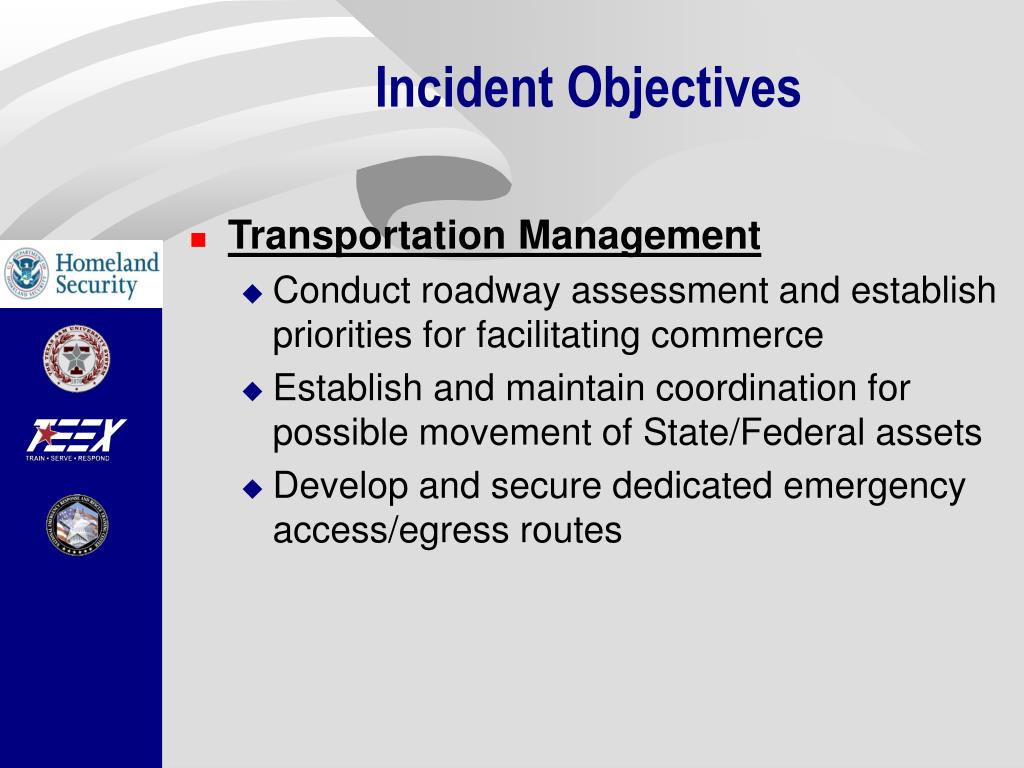
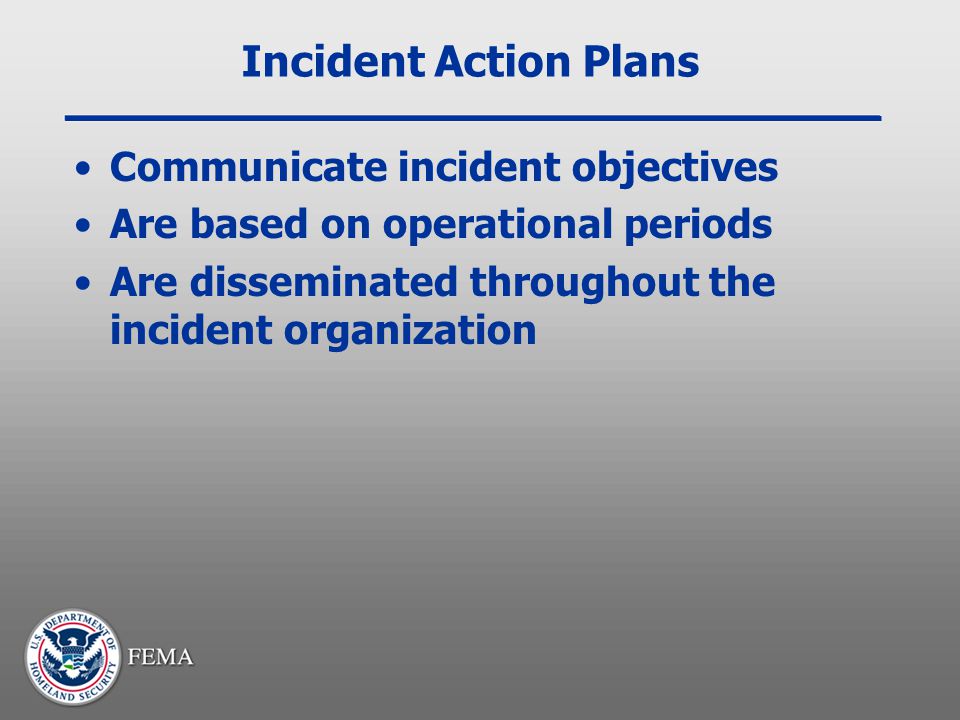
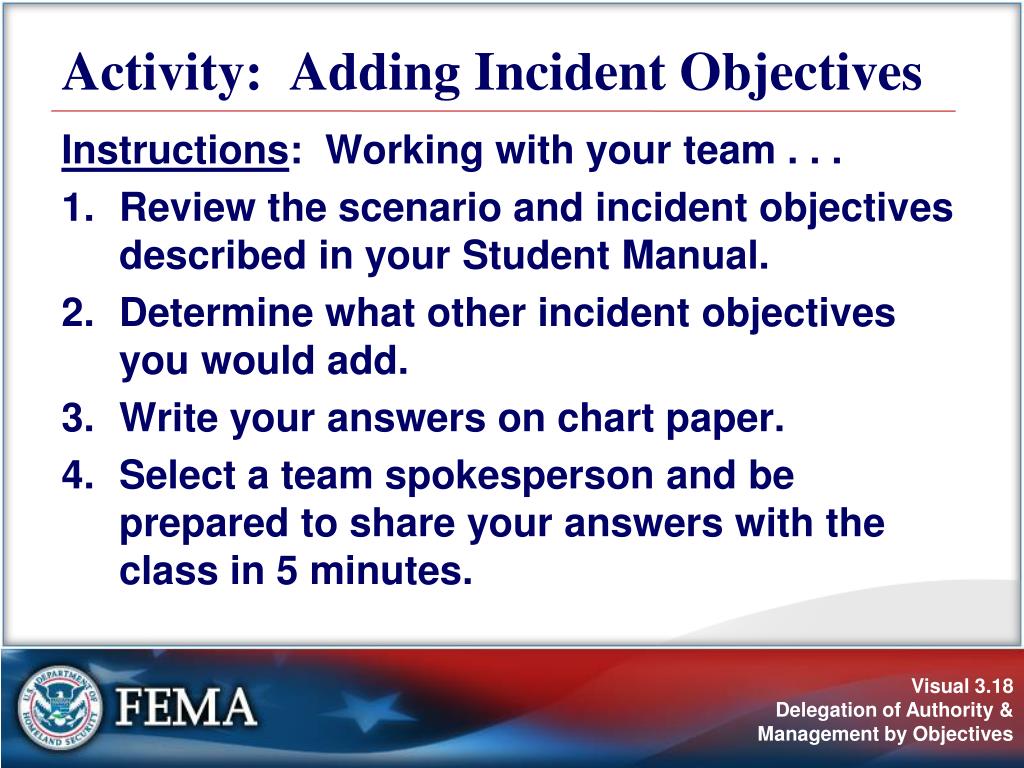

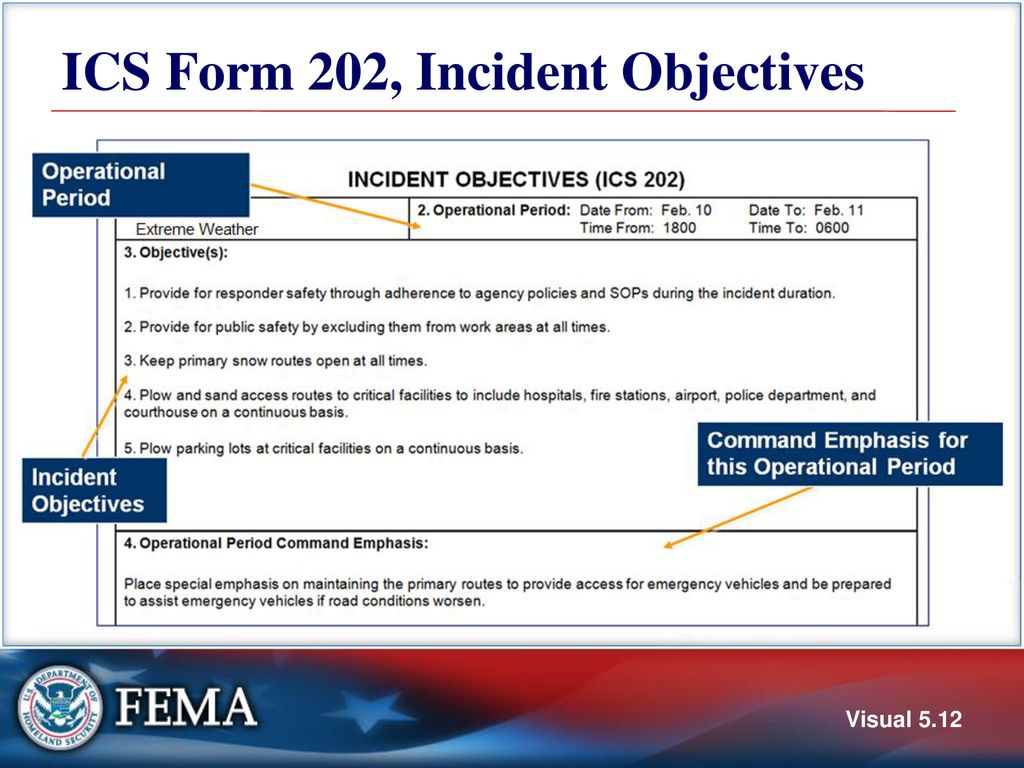
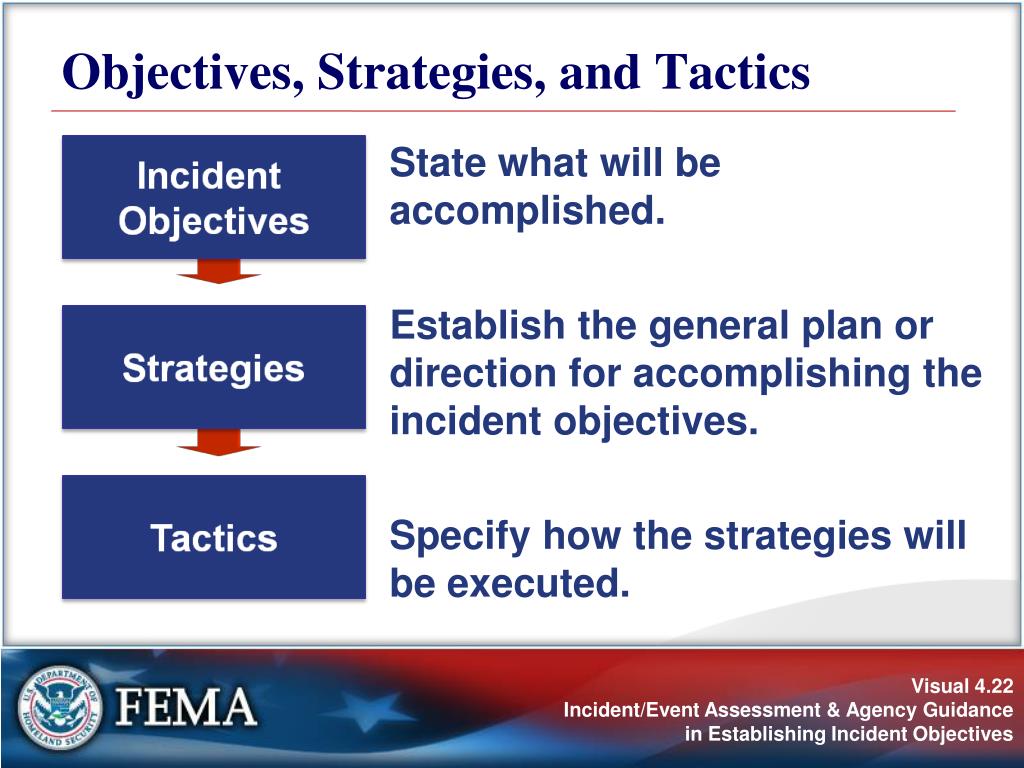


.jpg)

